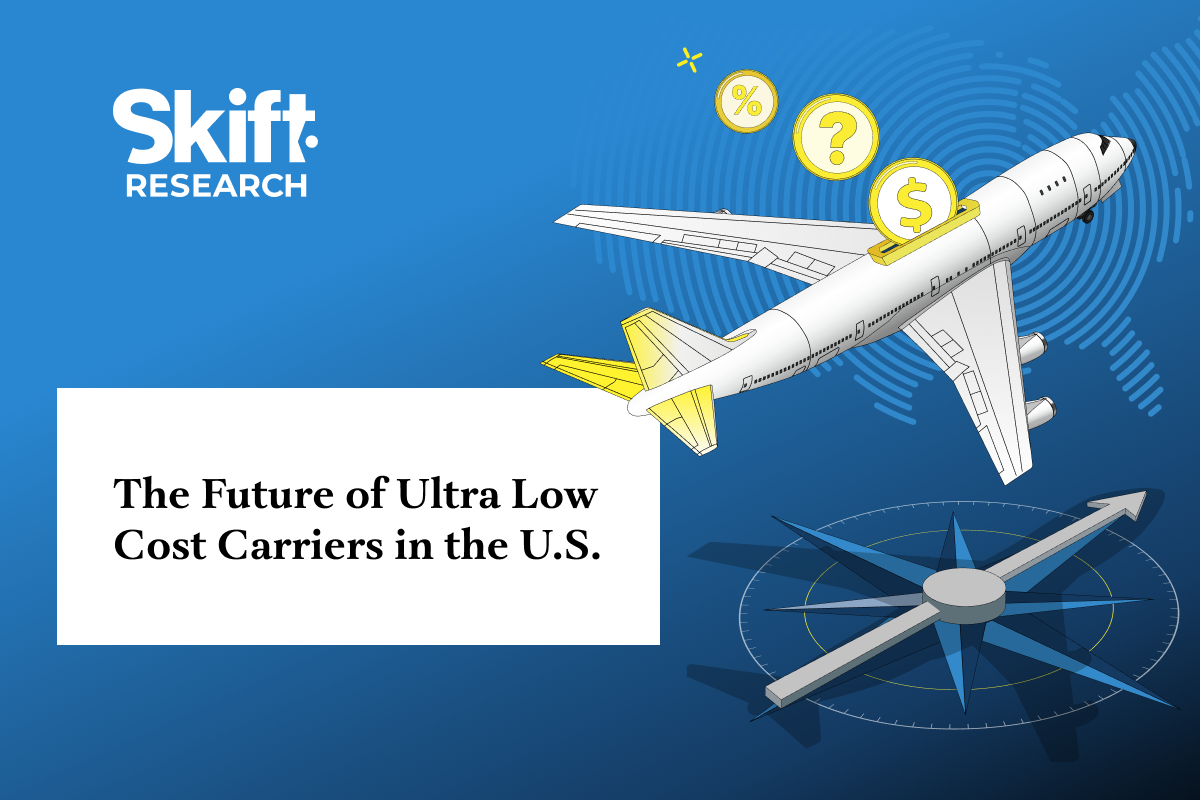From Leaders to Laggards: What Went Wrong With the Ultra Low-Cost Carriers?

Skift Take
High unit costs, reduced operational efficiencies, and increased competition from network carriers have combined to create a significant challenge for ultra low-cost carriers in the U.S.
Skift Pro and Skift Research subscribers are able to read this exclusive extract from the latest Skift Research report. Get more insights from Skift Research to stay ahead of the industry.
It wasn't that long ago that U.S. budget airlines were crushing the network carriers. They led in operating profits, with margins of around 13%.
Now, despite huge growth in travel demand, they've been posting major losses. Ultra low-cost carriers Spirit and Frontier are struggling the most. Some airline executives think it's the endgame and that the business model won't survive.
What went wrong?
Skift Research's latest report, The Future of Ultra Low-Cost Carriers in the U.S.,

